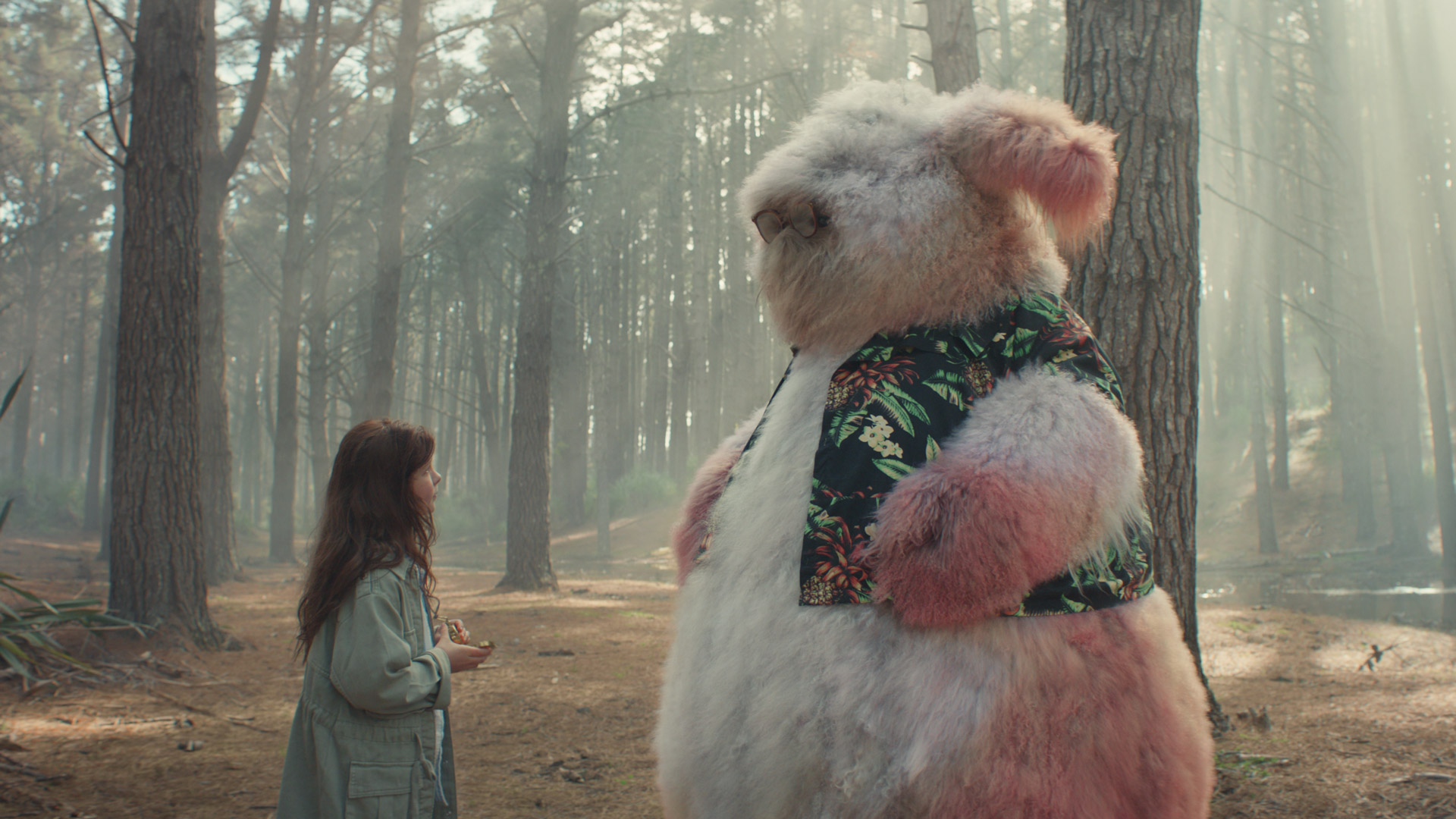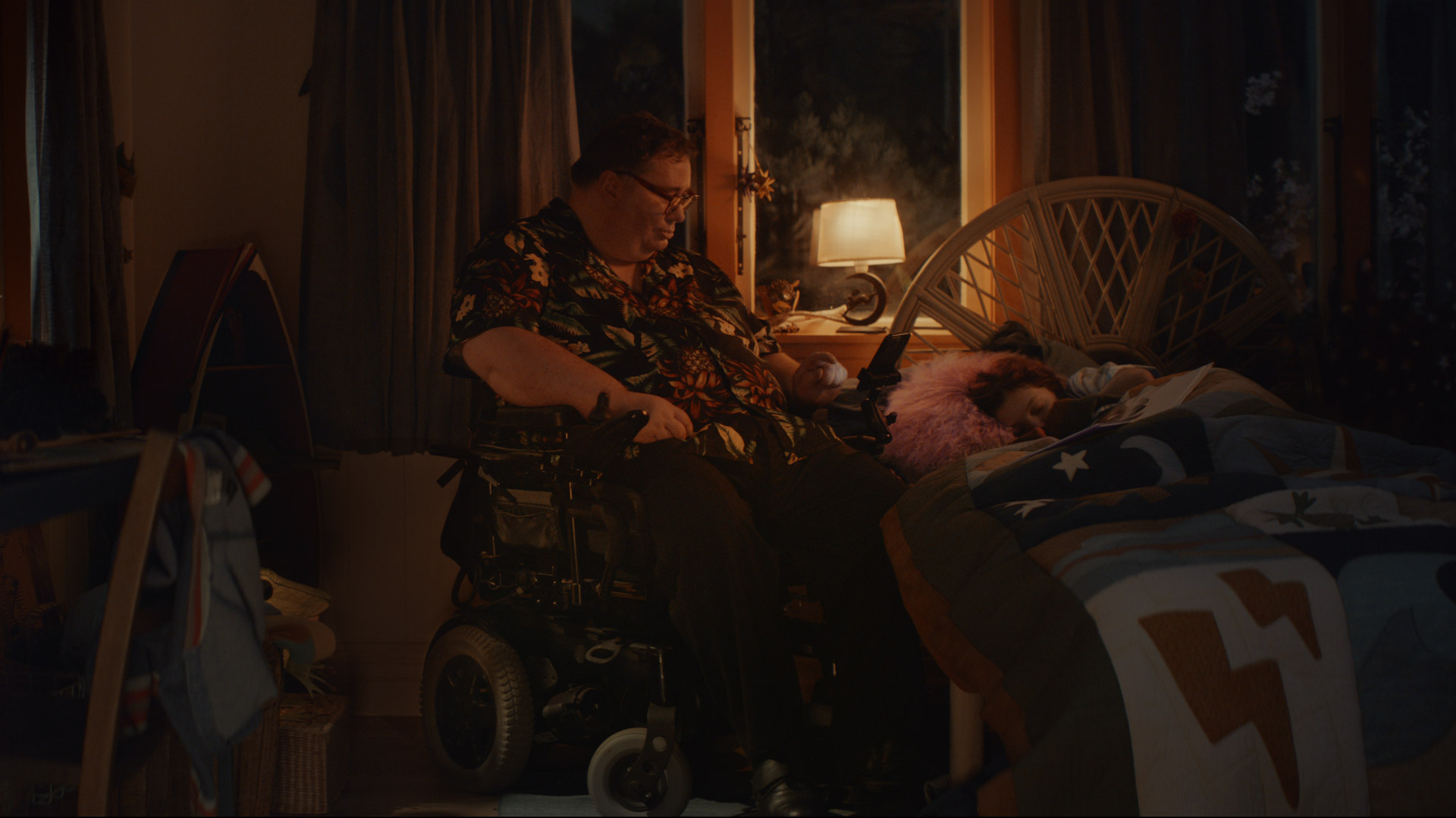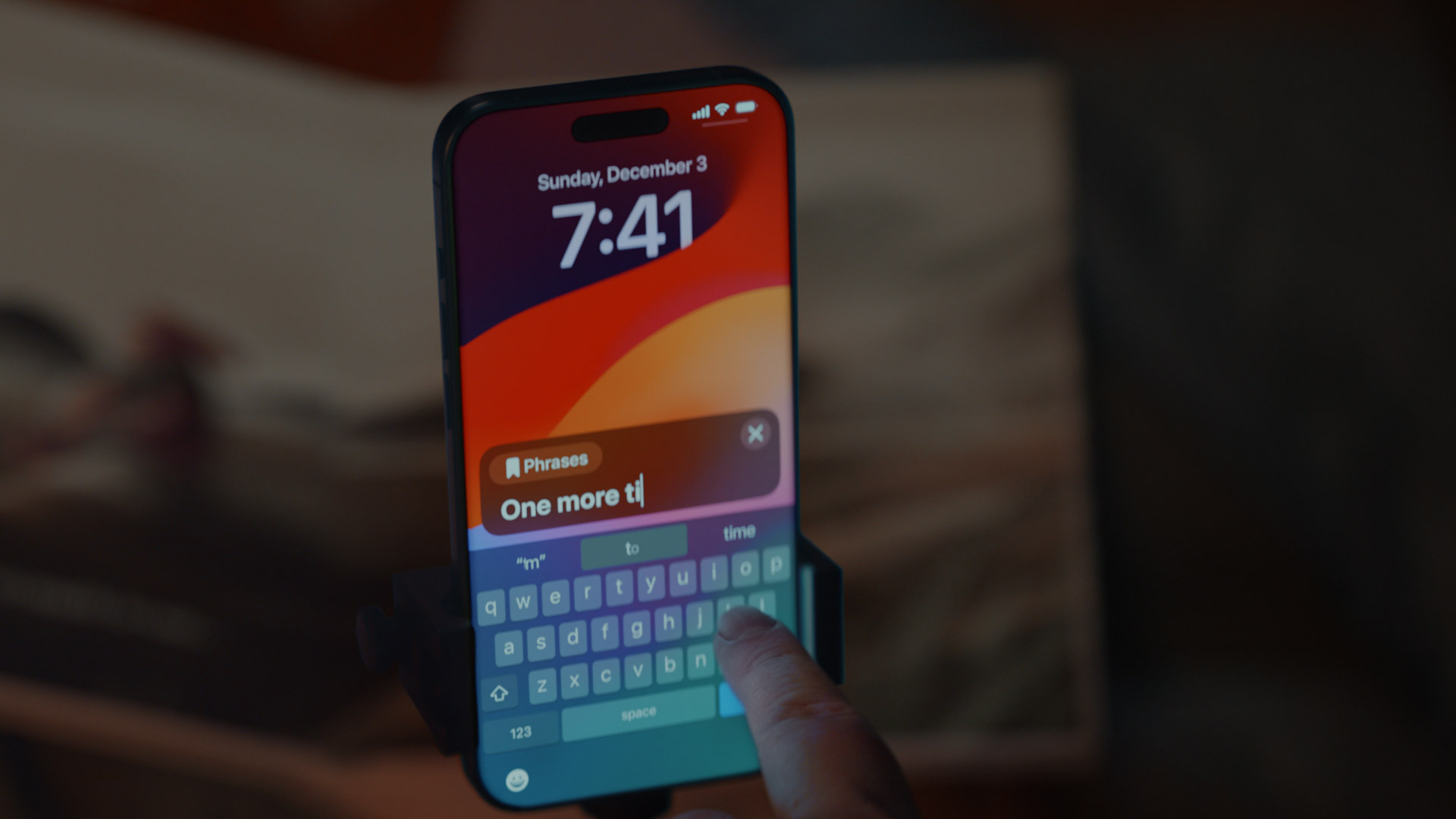
You might watch Apple's new short film, The Lost Voice, scratching your head, wondering what this enchanting visual tale of a little girl and a giant furry forest creature has to do with International Day of Persons with Disabilities, and with Apple technology for that matter.
Stick around until the end of this Taika Waititi-directed clip, though, and you will understand, and probably cry a little (Waititi's directing credits include Jojo Rabbit and Thor: Love and Thunder, and he's also working on an upcoming Star Wars movie).
In the video, which was released today (November 30), a seemingly lost little girl stumbles upon a giant and clearly harmless creature, who notes that she appears to have "lost her voice." They go looking for it across oceans, mountains, and the desert, encountering living rocks, comical owls, frogs, and other creatures.
The creature carries the narration while the girl, who supposedly is missing her voice, does say a few things. It's not until the end of the tale, when we find ourselves in the little girl's bedroom where her wheelchair-bound grandfather is reading her a bedtime story that we finally understand. And, yes, it will hit you like an emotional ton of bricks.
The grandfather is not actually speaking to his granddaughter. Instead, he's been using an iPhone with Live Speech and, during the narration, Apple's Personal Voice feature.
The practical and moving use of technology

Apple introduced Live Speech and Personal Voice in May of this year, and added them to the iPhone with iOS 17, which rolled out in September.
Put simply, Personal Voice, which Apple developed in cooperation with Team Gleason, a US-based non-profit ALS (Amyotrophic lateral sclerosis, more widely known as Lou Gehrig's disease) awareness foundation, lets you train your best iPhone (as well as your best iPad and best Mac) to speak in your voice. It's not some parlor trick, though; Apple built the tool to help those who are losing speech capabilities because of degenerative diseases like ALS.
Unlike most of Apple's other iPhone features, Personal Voice is not a simple toggle switch. It takes roughly 20 minutes to 'train' the feature, during which you're asked to repeat 150 different phrases (you can pause to take a break). By the end of it, the iPhone's onboard neural network builds a recreation of your voice that can be used to speak in your stead. In our tests, the recreation was canny, if slightly robotic.
Still, in The Lost Voice, its use is quite effective. The narrator is Doctor Tristram Ingham, a professor at the University of Otago, Wellington in New Zealand. Dr Ingham has a rare form of muscular dystrophy, and recently had been noticing changes in his voice (the disease can lead to loss of speech capabilities).
Saving a voice

Ingham trained his Personal Voice on his iPhone, and it's that voice you hear narrating the film. The interaction at the end is using Live Speech, which allows the iPhone to speak whatever you type into it, with a voice of your choosing. For the film, Ingham used his Personal Voice.
Waititi and Ingham both grew up in Wellington, New Zealand. While the film, which uses an all-Kiwi cast, features Director Waititi's trademark offbeat style and humor, it's most effective in conveying the impact of Apple's assistive technologies. The reveal of Ingham in his wheelchair, and the phone speaking in his voice, is as touching as you would expect.
There are not a lot of technical details about how Personal Voice works, but we do know that it's an entirely local technology, meaning that Apple doesn't send your voice to the cloud for analysis, and to recreate a Personal Voice on your devices. Instead, the training and building of the Personal Voice – which can take as long as a day – happens on-device.
Apple stores the Personal Voice locally by default. As a result, if you want to back up what may become a precious recreation of a lost voice, you'll have to choose to back it up to your iCloud account. If you do that, the personal voice can then be shared across up to three devices.
For those especially entranced by the look of the short film, and the story Ingham reads to the little girl, Apple has turned The Lost Voice into an eBook that you can find on, naturally, Apple Books.







